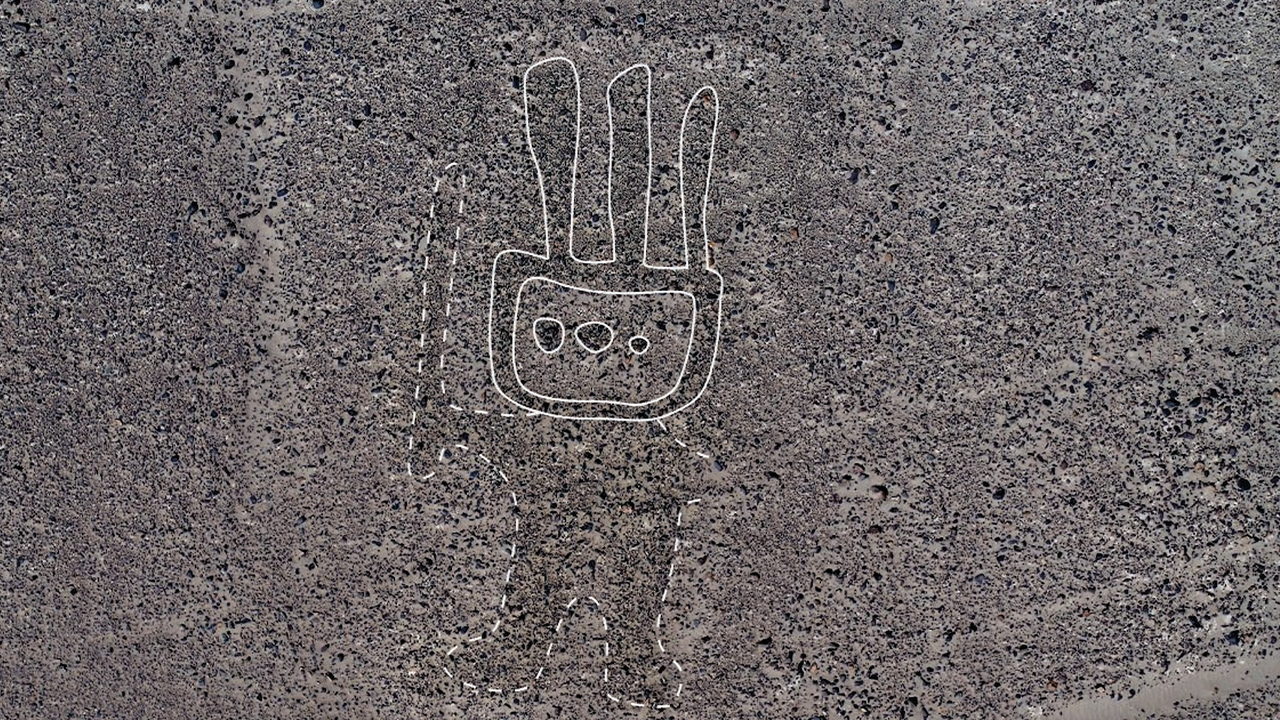Artificial intelligence has revolutionized the world, enabling platforms to mimic human communication and information processing. However, its potential also extends to uncovering historical enigmas. Researchers from Yamagata University Institute of Nasca and IBM Japan have utilized a deep learning AI model to reveal ancient Peruvian geoglyphs in the Nazca desert, dating back to 500 BC – 500 AD. Geoglyphs are large-scale depressions on the earth’s surface that form various shapes and lines, with Peru boasting the famous Nazca Lines. These immense geoglyphs, some reaching 1,200 feet in length, were nearly impossible to detect from the ground until pilots discovered them from the air around a century ago.
Employing the power of AI, researchers have identified four new geoglyphs through the AI system. These geoglyphs depict a humanoid figure with a club, a fish, a bird, and a pair of legs. Scholars have debated the purpose of these geoglyphs for years. Some suggest they were created to honor deities believed to view the shapes from above, while others argue they were remnants of extraterrestrial airfields.
Previously, archaeologists relied on traditional methods of examining aerial photos manually with the naked eye to discover new geoglyphs. This process was time-consuming and presented efficiency and scalability challenges. To overcome these obstacles, the Yamagata researchers turned to artificial intelligence, training a deep learning system to identify potential Nazca Lines based on existing geoglyphs found in the region. The application of AI yielded fruitful results, with the technology working 21 times faster than human analysis of such photos.
“We could identify new geoglyph candidates approximately 21 times faster than with the naked eye alone,” stated the researchers in their study published in the Journal of Archaeological Science. They believe that combining field survey and AI represents a promising approach for the future of archaeology.
Building on the success of integrating AI into archaeological research, the Yamagata researchers intend to collaborate with IBM’s T.J. Watson Research Center in New York to expand their study to the entire Nazca Lines region. They also plan to work with the Ministry of Culture of Peru to protect the geoglyphs discovered using AI.
Artificial intelligence has already played a vital role in archaeology, assisting in the physical search for artifacts, lost cities, and burial grounds. AI systems trained to detect patterns on land through satellite and sonar images have successfully identified a Mesopotamian burial site based on satellite images in 2021. AI has also demonstrated 92% accuracy in detecting shipwrecks. Moreover, AI has aided the translation of ancient texts, achieving an 80% accuracy rate in translating ancient inscriptions.
The researchers at Yamagata University predict that archaeologists will witness a surge in the use of AI in the future. They believe that recent advancements in automated sensing through drones, robotics, Light Detection and Ranging (LiDAR), Big Data, and artificial intelligence will fuel the next wave of archaeological discoveries.
Denial of responsibility! VigourTimes is an automatic aggregator of Global media. In each content, the hyperlink to the primary source is specified. All trademarks belong to their rightful owners, and all materials to their authors. For any complaint, please reach us at – [email protected]. We will take necessary action within 24 hours.


